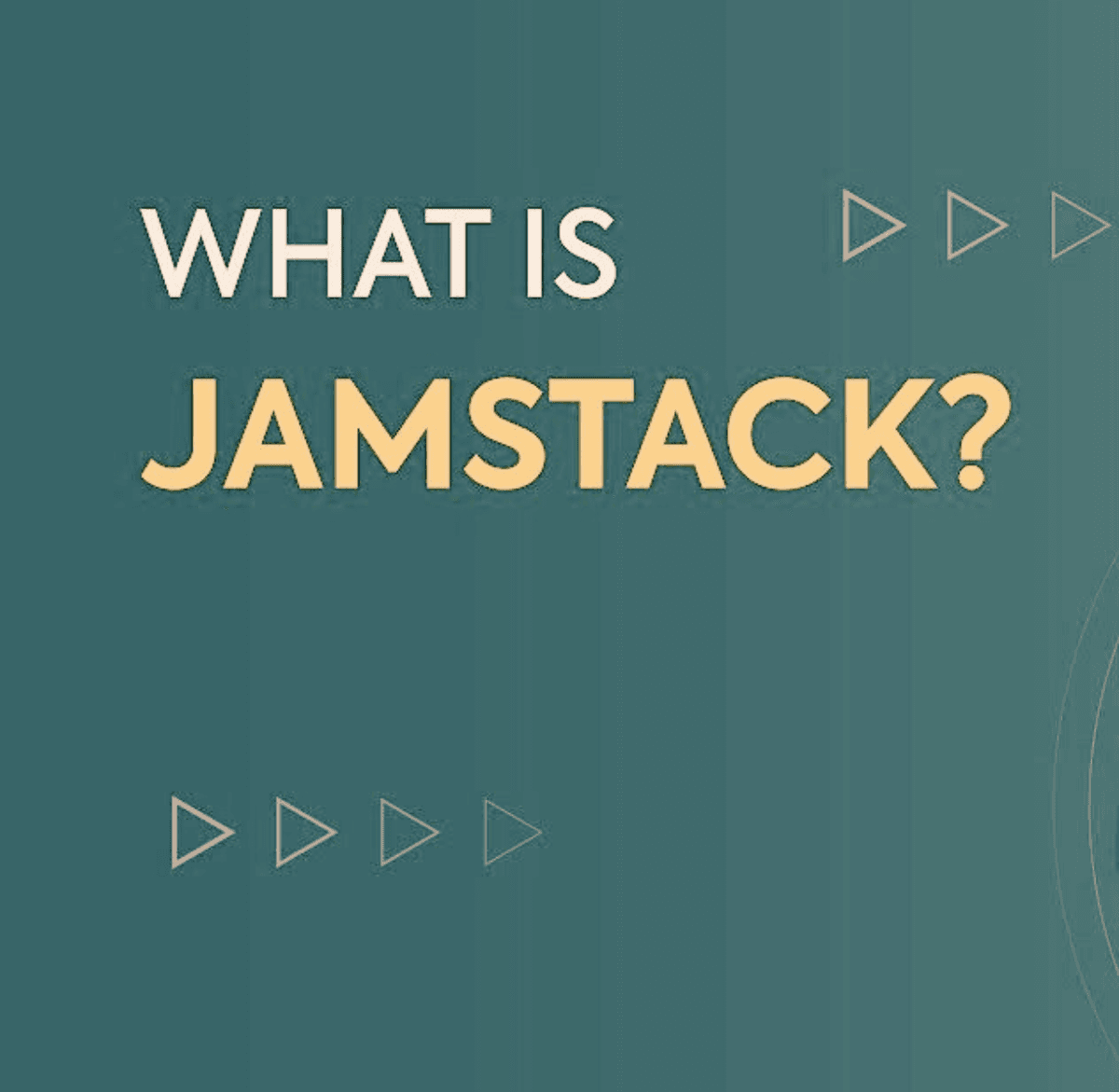
Structured data for FAQs
by Irina KedyarovaOctober 27th, 2023
Summary
What is Structured data for FAQs?
Why should you make Structured data for FAQs?
How to make Structured data for FAQs in CS-Cart?
How to make Structured data for FAQs in Storyblok?
FAQs
Scroll to read all the article.
What is Structured data for FAQs?
Structured data, also known as schema markup, is a code that you put on your website to help search engines provide more informative results for users. In essence, it's a way of providing search engines with context about the content on your site. When it comes to FAQs, structured data can be immensely beneficial in making your content stand out in search results.
FAQs are a valuable resource for both website visitors and search engines. They provide quick answers to common questions, enhancing the user experience and potentially increasing click-through rates (CTR). By using structured data for FAQs, you make it easier for search engines to understand and present your FAQ content in search results, increasing its visibility.
Why should you make Structured data for FAQs?
Creating structured data for FAQs offers several compelling benefits that make it a worthwhile strategy for website owners and content creators. Here are the key reasons why you should implement structured data for FAQs:
Enhanced Visibility in Search Results
Structured data helps your FAQ content appear as rich snippets in search engine results. These rich snippets are more eye-catching and informative, making your content stand out and attracting more clicks.

When you ask Google, you can see the block “People also ask” in the TOP of SERPs. If you click on the question, a website snippet is shown. If you want to get into this “People also ask” block, you need to have structured data for your FAQ on your website. It’s the fastest way to place your website pages in this popular block.
Improved Click-Through Rates (CTR)
When users see your content presented with structured data in the form of rich snippets, they are more likely to click on your link. This can significantly increase the CTR, driving more organic traffic to your website.
Better User Experience
Structured data organizes your FAQs in a way that is easy for users to scan and find the information they need quickly. It enhances the user experience by providing clear and concise answers to common questions.

Search Engine Optimization (SEO) Advantage
Search engines reward websites that provide valuable and well-structured content. Implementing structured data for FAQs can positively impact your website's SEO efforts by making your content more accessible and user-friendly.
Competitive Edge
As the digital landscape evolves, staying ahead of the competition is crucial. Implementing structured data for FAQs demonstrates that your website is committed to providing a top-notch user experience, setting you apart from competitors who may not be utilizing this approach.
In summary, structured data for FAQs is a valuable SEO strategy that not only enhances the visibility of your content in search results but also improves the overall user experience. By providing quick and accurate answers to user questions, you can drive more traffic to your website and maintain a competitive edge in the digital world.

Google Search Console gives you hints on your structured data markup. The FAQ has its own section in the Search Console, and every page with the FAQ that has properly structured data markup is visible there. Google likes such website enhancements and notices any changes on the website very quickly. Here we implement structured data markup of the FAQ blocks on the pages, and we see these pages in 2 days in the Search Console.
Mobile-Friendly
Structured data for FAQs is especially beneficial for mobile users. Rich snippets are highly visible on mobile devices, making it convenient for users to access information on the go.

Easy Validation
You can easily test and validate your structured data using tools like Google's Structured Data Testing Tool and Rich Results Testing Tool. This ensures that your structured data is error-free and ready for search engines to understand.
In conclusion, structured data for FAQs offers a range of features that benefit both website owners and users. It enhances the visibility of your content in search results, improves the user experience, and can lead to higher CTR, making it a valuable addition to your SEO and content strategy.
How to make Structured data for FAQs in CS-Cart?
Creating structured data for FAQs in CS-Cart involves implementing schema markup, or JSON-LD to format your frequently asked questions for search engines. While CS-Cart doesn't offer a built-in feature specifically for FAQs, you can manually add structured data to your FAQ pages. Here's a step-by-step guide on how to do it:
Step 1: Identify Your FAQ Page
Ensure that you have a dedicated FAQ page or section on your CS-Cart website where you intend to apply structured data. This is where your frequently asked questions and answers should be organized.
CS-Cart has a special page where they gather all popular questions.

When you click to the question, you move to the answer.

Step 2: Choose a Markup Format
You have two primary options for implementing structured data: schema markup or JSON-LD (recommended). JSON-LD is easier to work with and is Google's preferred format.
Step 3: Format Your FAQs
On your FAQ page, format your questions and answers in a clear, structured manner. Each question should be paired with its corresponding answer. Here's an example in JSON-LD:
<script type="application/ld+json">
{
"@context": "https://schema.org",
"@type": "FAQPage",
"mainEntity": [
{
"@type": "Question",
"name": "What is CS-Cart?",
"acceptedAnswer": {
"@type": "Answer",
"text": "CS-Cart is an e-commerce platform..."
}
},
{
"@type": "Question",
"name": "How can I customize my store in CS-Cart?",
"acceptedAnswer": {
"@type": "Answer",
"text": "You can customize your store by..."
}
},
// Add more questions and answers as needed
]
}
</script>
Step 4: Insert JSON-LD Code
Copy the JSON-LD code and paste it into the HTML of your FAQ page. You can do this by editing the content or source code of the FAQ page in CS-Cart.
Step 5: Test and Validate
To ensure that your structured data is correctly implemented, use Google's Structured Data Testing Tool or the Rich Results Testing Tool. These tools will check for errors and provide feedback on your structured data.
Step 6: Monitor and Update
Regularly monitor the performance of your FAQ page in search results. If you add new questions or update existing ones, be sure to reflect those changes in your structured data.

By following these steps, you can effectively implement structured data for FAQs on your CS-Cart e-commerce website. This will help improve the visibility of your FAQ content in search results, leading to better user engagement and potentially higher click-through rates.
Moreover, there are many ready-to-use CS-Cart add-ons that can help you add structured data markup for FAQ pages.
How to make Structured data for FAQs in Storyblok?
Storyblok is a headless content management system (CMS) that allows you to manage and structure your content. To add structured data for FAQs in Storyblok, you'll need to customize your content to include the appropriate schema markup, usually in JSON-LD format, for Frequently Asked Questions. Here's a step-by-step guide:
Step 1: Identify Your FAQ Content
First, ensure that you have a dedicated section in your Storyblok content for your Frequently Asked Questions. Each FAQ should consist of a question and its corresponding answer.

Step 2: Choose a Markup Format
For structured data, JSON-LD is the preferred format, as it's easy to work with and widely supported by search engines.
Step 3: Add JSON-LD to Your FAQ Content
Edit the content of each FAQ entry in Storyblok and add JSON-LD structured data directly within the content. Here's an example of how to structure a single FAQ using JSON-LD:
{
"@context": "https://schema.org",
"@type": "FAQPage",
"mainEntity": [
{
"@type": "Question",
"name": "What is Storyblok?",
"acceptedAnswer": {
"@type": "Answer",
"text": "Storyblok is a headless content management system..."
}
},
// Add more questions and answers as needed
]
}
This code creates structured data for a single FAQ. You can insert this code into the content area of each FAQ entry in Storyblok.
Step 4: Insert JSON-LD Code
After adding the JSON-LD code to your FAQ content, save or update the content in Storyblok. The JSON-LD code should now be embedded within each FAQ.
Step 5: Test and Validate
It's essential to test and validate your structured data to ensure it's correctly implemented. Use Google's Structured Data Testing Tool or the Rich Results Testing Tool to check for errors and verify that your structured data is well-formed.
Step 6: Monitor and Update
Regularly monitor the performance of your FAQ content in search results. If you add new questions or answers or make changes to existing content, be sure to update the structured data accordingly to reflect those changes.
By following these steps, you can effectively add structured data for FAQs within Storyblok. This will help improve the visibility of your FAQ content in search results, enhance the user experience, and potentially lead to higher click-through rates.
One more important note. When content managers add new content to Storyblok, they should use a special block that developers had previously added. In our case there is a FAQ items blok.

Best Frequently Asked Questions (FAQs)
Structured data for FAQs is a code that you add to your website to help search engines understand and present your frequently asked questions in a more informative way in search results.
Structured data can positively impact SEO by increasing click-through rates, improving the user experience, and providing more context to search engines.
Best practices include presenting FAQs in a clear question and answer format and ensuring the information is relevant and accurate.
Common mistakes include using irrelevant or inaccurate information and not updating structured data as your content changes.
The use of structured data for FAQs is expected to grow as search engines prioritize user-focused content and rich snippets. Staying updated with trends is essential for success.
Incorporating structured data for FAQs is not just a strategy; it's a gateway to improving user experience, increasing visibility, and unlocking the full potential of your content. By presenting your FAQs in a structured and easily digestible format, you're not only serving your audience but also earning favor with search engines. As you continue to explore the ever-evolving digital landscape, remember that structured data for FAQs is a valuable tool to help you stand out from the crowd and stay ahead. It's the small changes that can make a big difference in how your content is perceived and received. So, embrace structured data for FAQs and watch your online presence thrive.
Want to increase CS-Cart speed?Contact Alt-team developers
Leave your comment
Your feedback is very important to us. Share your thoughts on what you read, or tell your own story.
Rating
Readers also enjoyed

In today's digital age, e-commerce has revolutionized the way businesses operate and consumers shop. One significant development in the e-commerce landscape is the emergence of multivendor marketplaces. These platforms have gained immense popularity due to their ability to connect sellers with a vast pool of customers and provide a seamless shopping experience. This article delves into the concept of multivendor marketplaces, exploring their benefits, challenges, and their impact on the e-commerce ecosystem.
July 17th, 2023

In the ever-evolving world of web development and technology, the Jamstack has emerged as a powerful approach for building fast, secure, and scalable websites. As businesses strive to provide seamless user experiences and leverage the latest advancements in web development, the need for Jamstack agencies has become increasingly important. In this article, we will explore the concept of a Jamstack agency, its benefits, and why it can be a game-changer for your web development projects.
July 14th, 2023

In the fast-paced world of web development, staying ahead of the curve is essential. One approach that has gained significant attention is Jamstack CMS. This article aims to unravel the concept of Jamstack CMS, its advantages, implementation best practices, and more. Whether you're a seasoned developer or a content creator looking to enhance your website's performance, join us as we dive into the fascinating realm of Jamstack CMS. By the end of this article, you'll have a solid understanding of how Jamstack CMS can revolutionize your web development workflow. So, let's embark on this journey and unlock the potential of Jamstack CMS together!
July 13th, 2023
Contact Us
Our email is manager@alt-team.com
Please, do not hesitate to contact us via e-mail or use the form below if you need a quote for your E-commerce project or have any questions about our products or services. We will be glad to answer you in a short time.